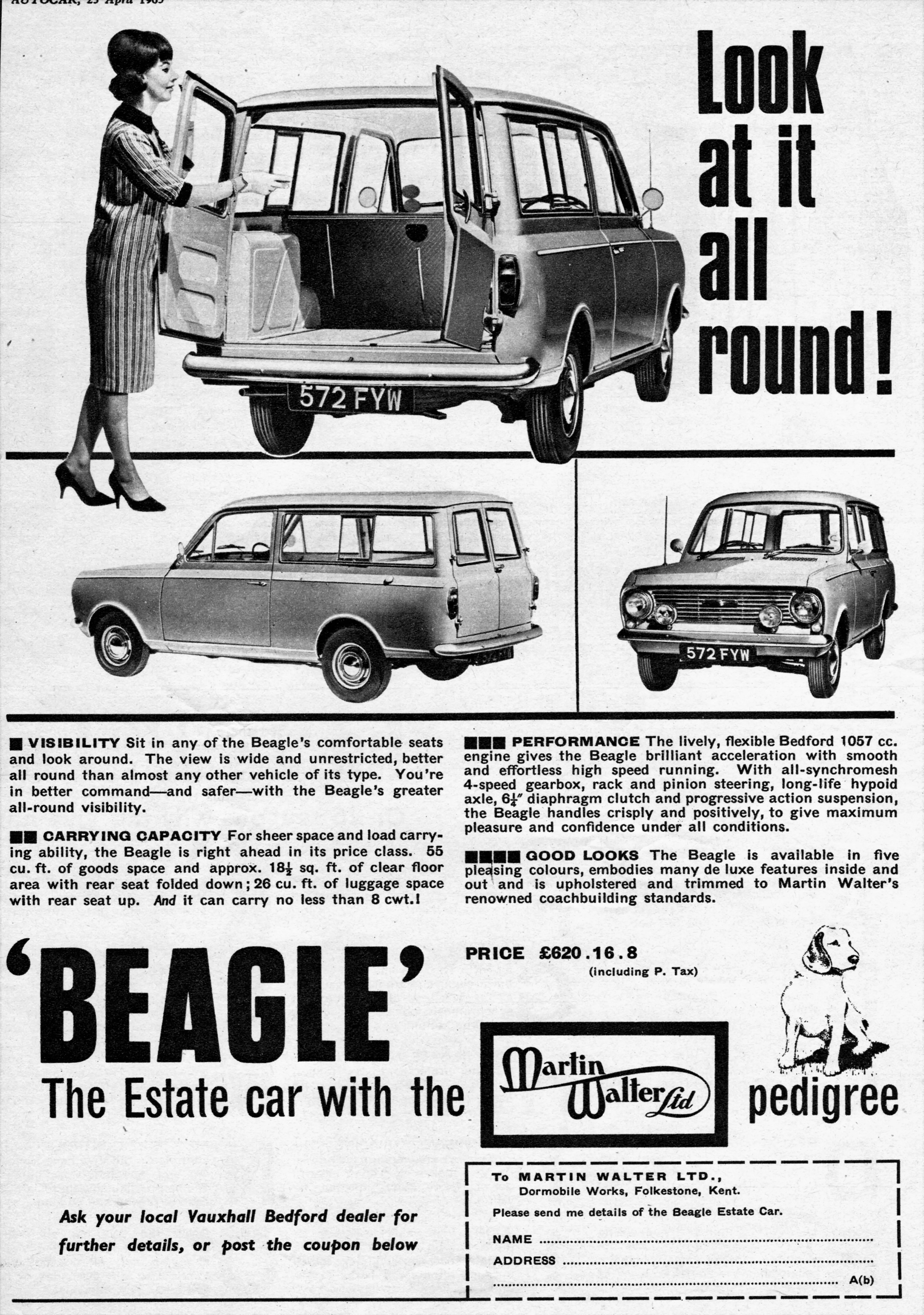DO YOU REMEMBER – THE BEDFORD BEAGLE?
08 September 2022
When writing about nostalgia, it is important to acknowledge some aspects of the past that should remain there. Cadbury’s Amazin Raisin bars did not taste at all amazing, and a recent viewing of Crossroads revealed it was even worse than my vague memories of ATV’s most famous soap opera. Put it this way – it really was Acorn Antiques, only without the high standards of acting and direction. The same applies to certain cars - albeit ones I will not name - that conveyed the sheer boredom of much of 1980s suburbia. They are the automotive equivalent of a video library with nothing but Police Academy 3 in its Betamax section.
But some cars are a pleasure to meet, for their innate qualities and evocation of the past. The younger version of myself always liked the Bedford Beagle, with its neat styling and plain fascia with the indicator warning lamp prominently displayed between the dials. It always appeared a dependable sort of vehicle, with no time for frivolity or changing automotive fashion. You just knew the owner would keep a packet of Fisherman’s Friends and a tin of pipe tobacco on the parcel shelf. The Beagle is also one of the last responses to Purchase Tax, a term that now seems as dated as ‘skiffle’ or ‘BBC Home Service’.

On the 21st October 1940, the government introduced a levy on “luxury goods”. Purchase Tax lasted until the introduction of VAT on the 2nd April 1973, so many families opted to fit extra seats to their van to save £sd. By the 1950s, Fordson E83Ws and Morris Commercial J-Types equipped with an aftermarket rear bench and side windows were not uncommon sights. Alternatively, some manufacturers produced a version of their light commercials that could accommodate four adults at minimum cost.
While the Morris Minor Traveller and the Standard Ten Companion were purpose-built estates, the Hillman Husky derived from the Commer Cob, and the Ford Escort/Squire were adaptations of the Thames 300E. Similarly, the Austin A30 Countryman was closely related to the utility stablemate. And nine years later, Martin Walter introduced a station wagon version of the Bedford HA 8cwt. However, the Folkestone coachbuilder never intended the car “Designed to be a busy Beagle” to be a glamourous machine, for it was the epitome of straightforward motoring.
Your £619 16s 8s bought you very straightforward transport with a heater costing another £10 and windscreen washers an additional £1 9s 6d. Autocar praised its toughness, practicality and large capacity even if it lacked “the refinement which we have come to expect from modern cars’. Unlike the Viva HA, a starting handle was standard equipment for commuting or school runs on those cold winter mornings.
The Beagle remained in production until 1973, outlasting the Viva HB and, in its latter days, providing a sober alternative to the fastback HC Estate. So, it is rather depressing to learn that possibly just five remain on the road - And, in all fairness, Meg Mortimer probably employed one as a motel courtesy car – where it would have proved more reliable than the staff.
